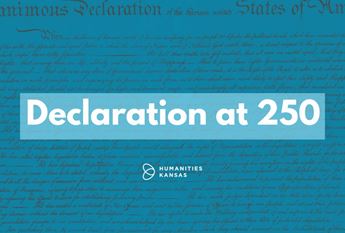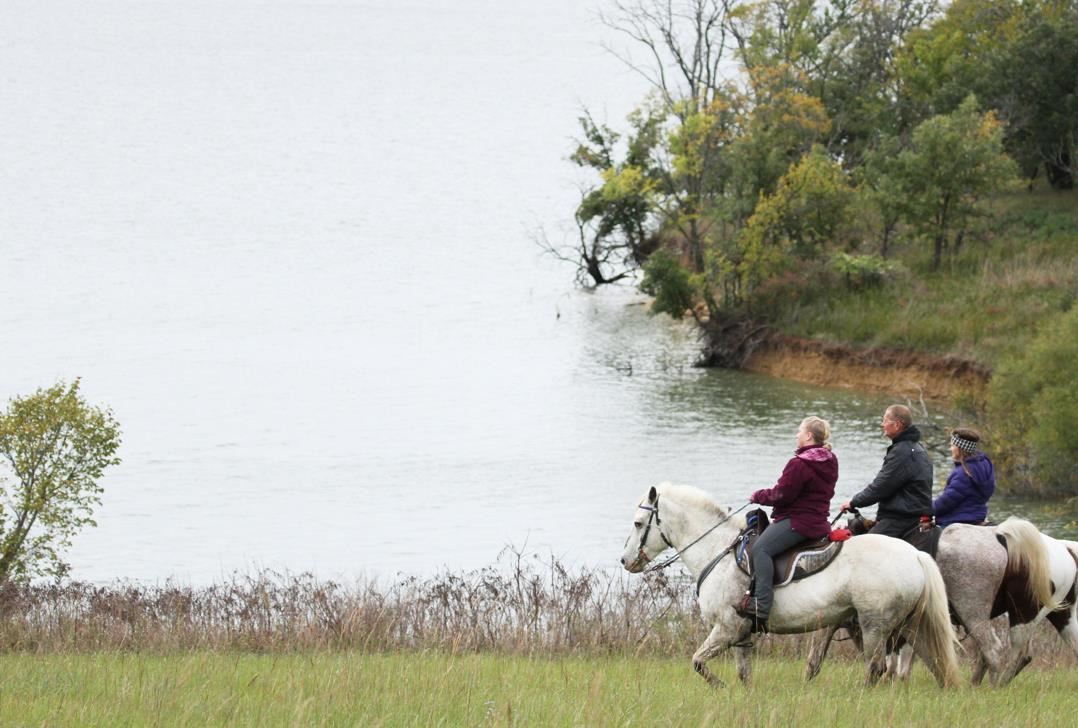

Dam It! The Story of Melvern Lake
August 4, 2023
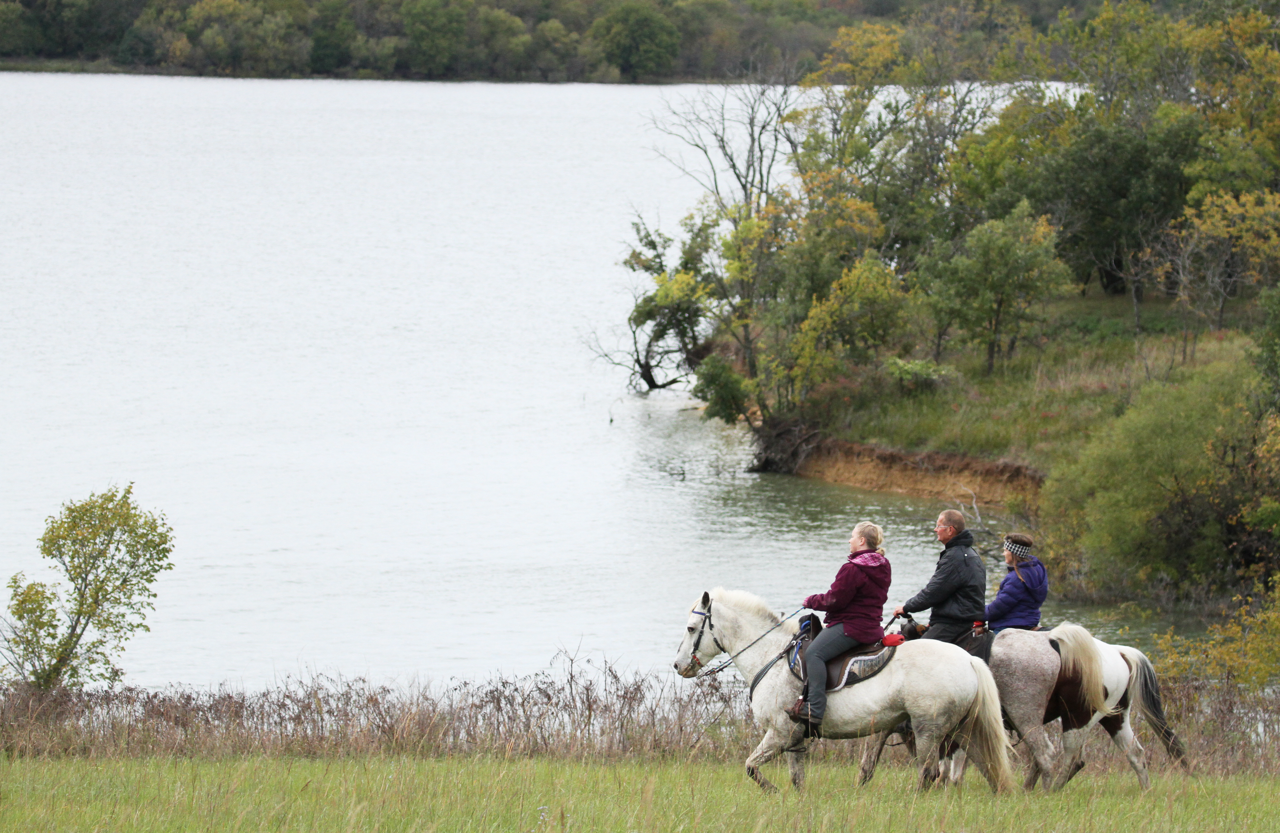
Melvern Lake. Image courtesy of Osage County Historical Society.
For almost 50 years, Melvern Lake has been an important part of Osage County. Its wide-open waters and many outdoor recreation activities are part of what makes Osage County the self-proclaimed “water sports capital of Kansas.” The lake provides a stable water source and since its construction in 1975, Melvern Lake and Dam is estimated to have prevented hundreds of millions of dollars of flood damage. But there’s another side to the story of Melvern Lake, one that involves the farms and families that were displaced when the lake and dam were constructed. It’s the story the Osage County Historical Society (OCHS) is working to uncover with the help of an HK Sunflower ‘70s Grant.
Before the dam was built, the Marais des Cygnes River was notorious for flash floods. In the Great Flood of 1951, the Marais des Cygnes was one of several rivers across the central United States to flood during an extended period of heavy rainfall, killing at least 17 people and displacing more than 500,000. In total, more than one million acres of land in Kansas experienced flooding.
Despite the devastation caused by the rising waters, flooding was simply a part of life for many in Osage County. Local residents have recounted long-ago memories of being taken by their parents to witness the “awesome power” of the flooding river. But that was before the United States Army Corps of Engineers purchased large swaths of land through eminent domain to impound the river and create Melvern Lake.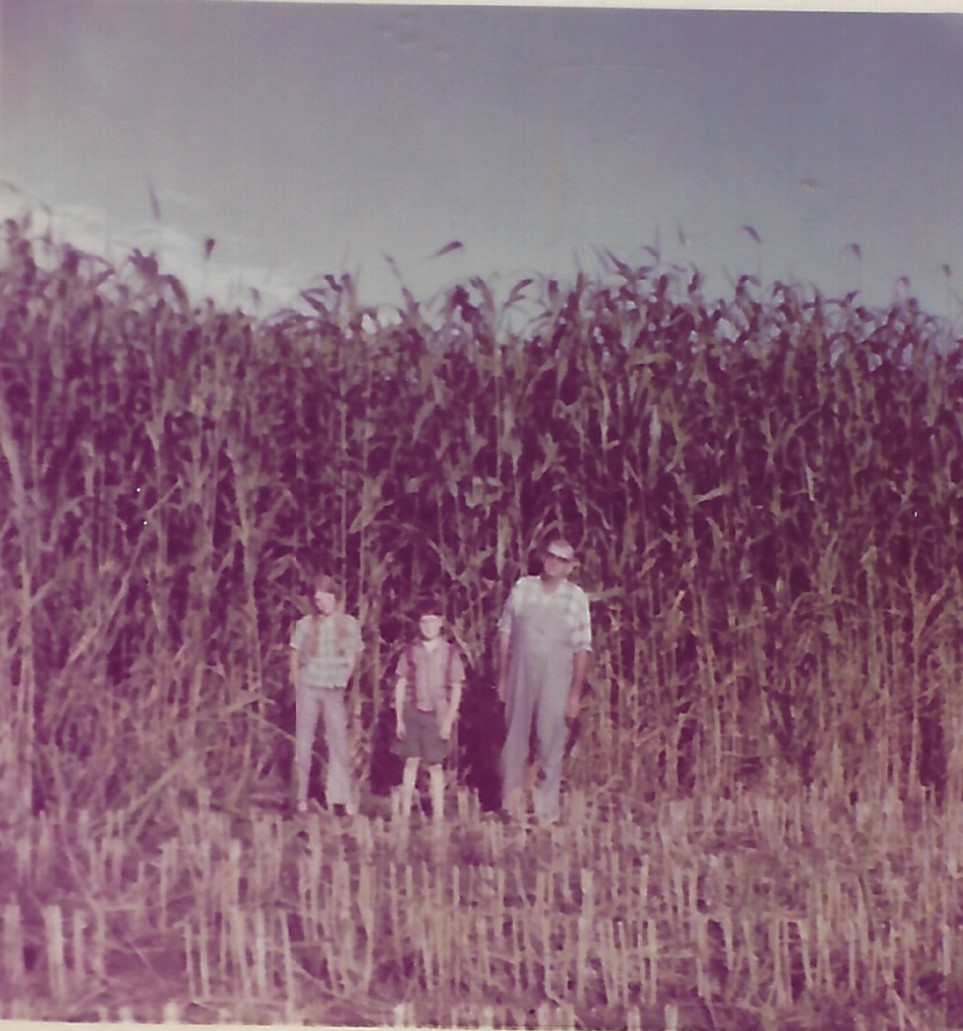
Sally, Ken, and Dean Kuykendall after the government buyout, standing before the last crop of forage sorghum on the Morton farm. Image courtesy of Nina Flax.
Melvern Lake: Citizens’ Stories is the Osage County Historical Society’s oral history project that includes interviews with eight individuals who were affected by the creation of Melvern Lake and Dam. Lynsay Flory of OCHS conducted the interviews with the purpose of bringing untold stories to light, and she recorded narratives that acknowledge the public benefits of the reservoir while also conveying the profound sense of loss and dislocation that community members experienced when they were forced to leave their homes behind.
One of Lynsay’s interview subjects was Nina Flax, who was born in Osage County and currently resides there. In a recorded interview that makes up part of the Melvern Lake: Citizens’ Stories project, she describes her Morton ancestors’ homestead on the river, the generations who farmed the same land, and her happy childhood memories there. She also describes the pain her family and their neighbors experienced when they were forced to sell their land, the devastating sight of homes and trees being cleared away to make room for the reservoir, and the splintering of social bonds as former neighbors resettled in different areas. But she also describes some advantages: the construction of the reservoir and the surrounding parks brought jobs, supplied water, and created a place where Nina today takes her grandchildren for picnics. From the shore, she can point to the part of the lake where her family’s farm once stood.
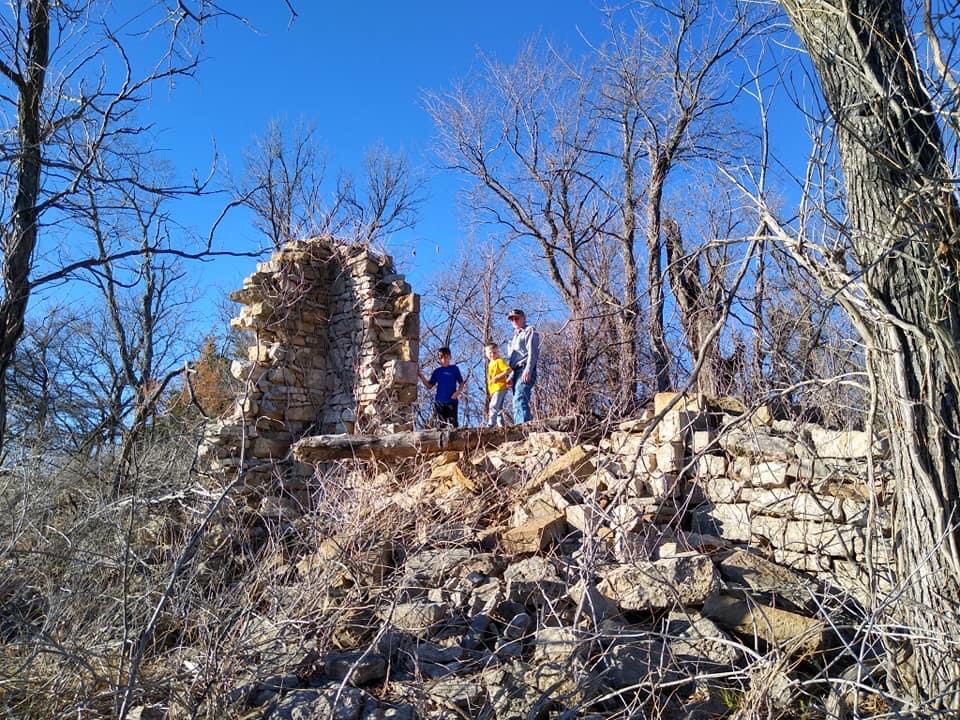
The ruins of the Morton farmhouse, now on public land. Image courtesy of Nina Flax.
You can learn more about Nina Flax’s story and others at the “Come and Go” style exhibit opening for the Melvern Lake: Citizens’ Stories project at the Osage County Historical Society Museum (631 Topeka Ave., Lyndon, KS) on August 26, 2-4 p.m.
Culture Preservation grants for oral history projects that document the stories of Kansas are available. The deadline for fall grants is September 14. Contact Leslie VonHolten, HK Director of Grants and Outreach, at 785-357-0359 for more information.
Join the Movement of Ideas
- VISIT the Melvern Lake: Citizens’ Stories exhibit opening on August 26 in Lyndon.
- READ the story of Broughton, a town displaced by the building of Milford Lake, on the Kansas Stories blog.
- LISTEN to the Kansas 1972 podcast for more stories about Kansas in the 1970s, including UFO sightings, music festivals, protests, and more. Streaming on all podcast apps and available on the HK website.
- RECORD oral histories with your friends and families using the StoryCorps app. The free mobile app “puts the StoryCorps experience entirely in your hands so that you can record and archive a meaningful conversation with anyone, anywhere.” Learn more


